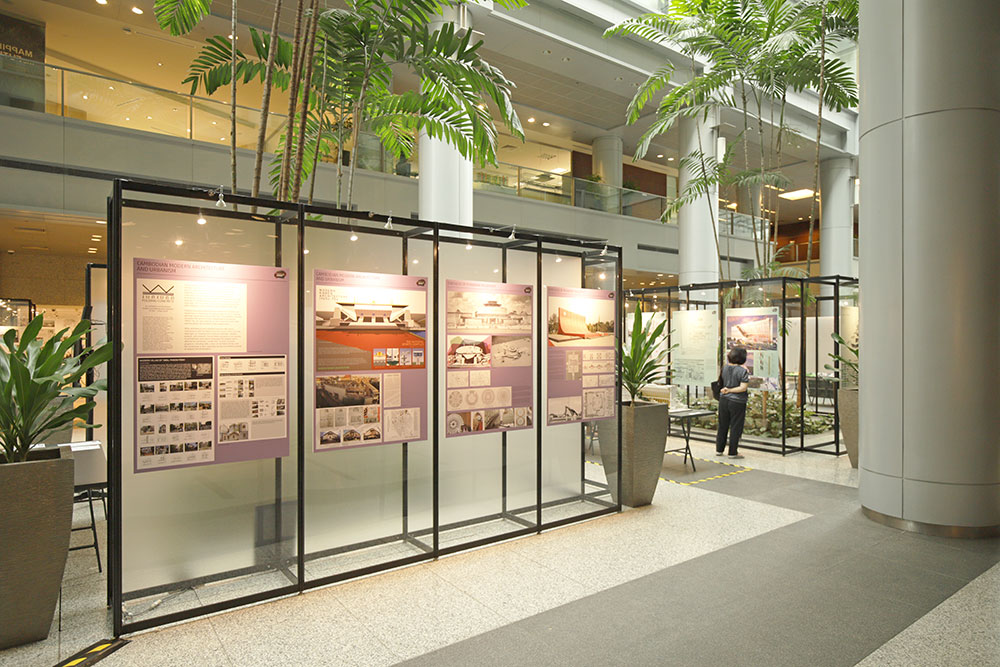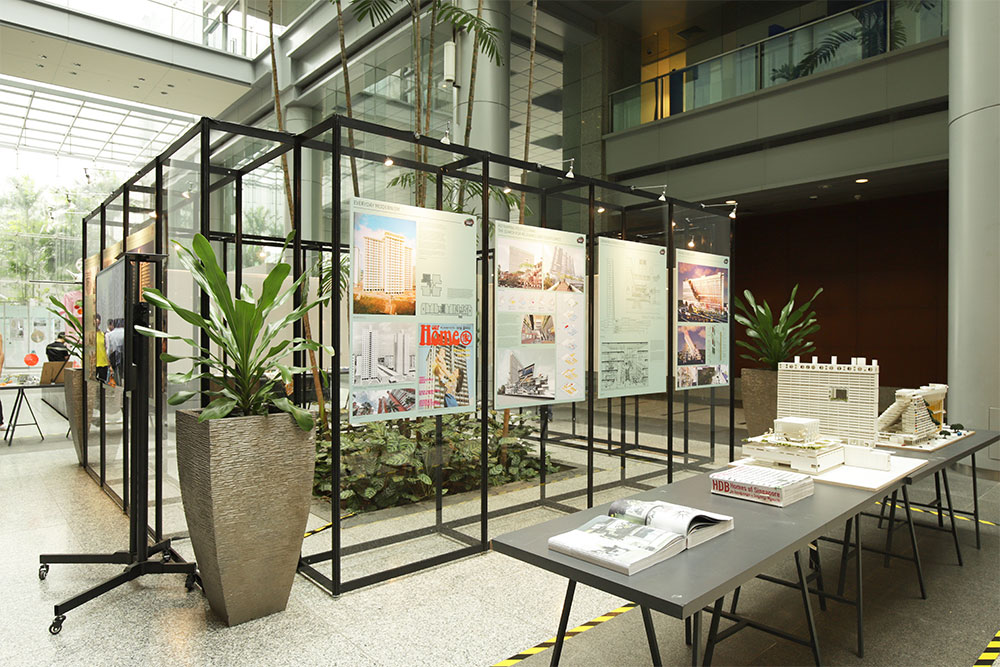
For the SEAM Space exhibition in Singapore, lead curator Ho Puay-peng has teamed up with Johannes Widodo and Nikhil Joshi, who have invited a large number of contributors to address the topic of housing in the early years after independence.
The central area of the Urban Redevelopment Authority’s public ground floor is an excellent location for the exhibition. Every day many people come together here to visit the simultaneous exhibitions on various aspects of urban development. The exhibition underscores the URA’s commitment to the issue of housing.
Housing in Singapore
Social housing in Singapore began with the Singapore Improvement Trust in the 1930s. The Tiong Bahru Estate dates from this time, and was both presented in the exhibition and visited as part of our architecture tour. From the late 1950s, the state invested in housing construction and launched programmes to create new residential neighbourhoods. After independence in 1965, the establishment of the Housing and Development Board marked the beginning of a new phase that made public housing part of nation-building and thus contributed significantly to the identity of the city and its inhabitants.
The exhibition featured works by NUS students who presented their analyses of various modernist buildings they explored in Singapore, such as the 1975 Pandan Valley Condominium, which as a terraced house type was the first of its kind in the city.
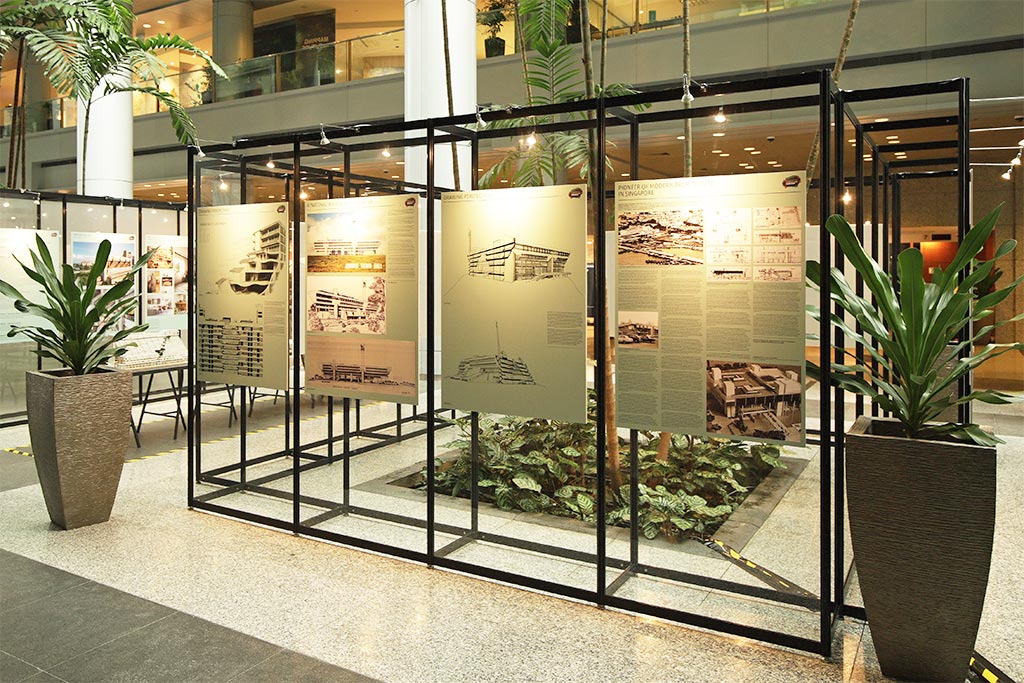
Tay Kheng Soon contributed his view of architectural development by reporting on the beginnings of modern architecture in Singapore in the 1960s. In his contribution, he focused primarily on the Singapore Conference Hall designed by Lim Chong Keat together with the Malayan Architects Co-Partnership, and which is regarded as a milestone in architectural development.
Other contributions dealt with the Tiong Bahru Estate from the 1930s, the Queenstown housing estate from the 1950s, the HDB residential buildings, and the architecture of the Jurong Town Hall, designed by Lim Chong Keat and Team3, which was completed in the early 1970s and is now a heritage building.
The exhibition also presented the monumental book HDB: Homes of Singapore by Tomohisha Miyauchi and keyakismos, which documents Housing Development Board apartments in Singapore. The authors reveal the diversity and creativity hidden behind the uniform facades of the blocks of flats.
Presented using a variety of media such as posters, models, videos, and installations, all of the projects shown provided insight into the social and cultural modernization after independence and illustrate the search for unique architectural expression liberated from colonial symbols.
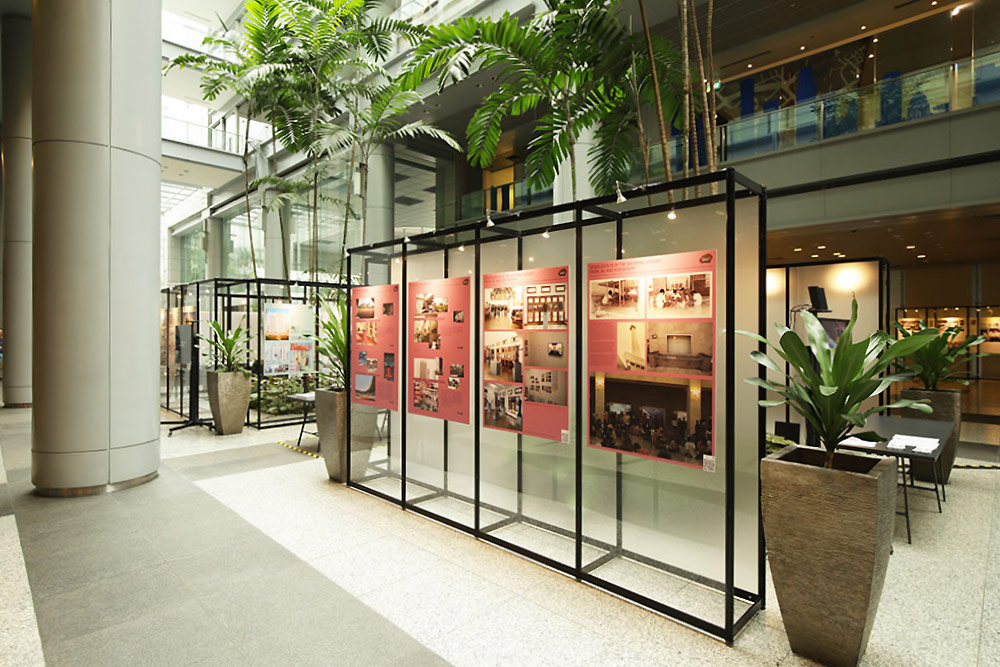
Artist workshops
The Singapore-based artist Michael Lee explored the perspectives of residents in a workshop conducted with members of a neighbourhood and showed an arrangement of objects, installations, and ideas on a table in the exhibition.

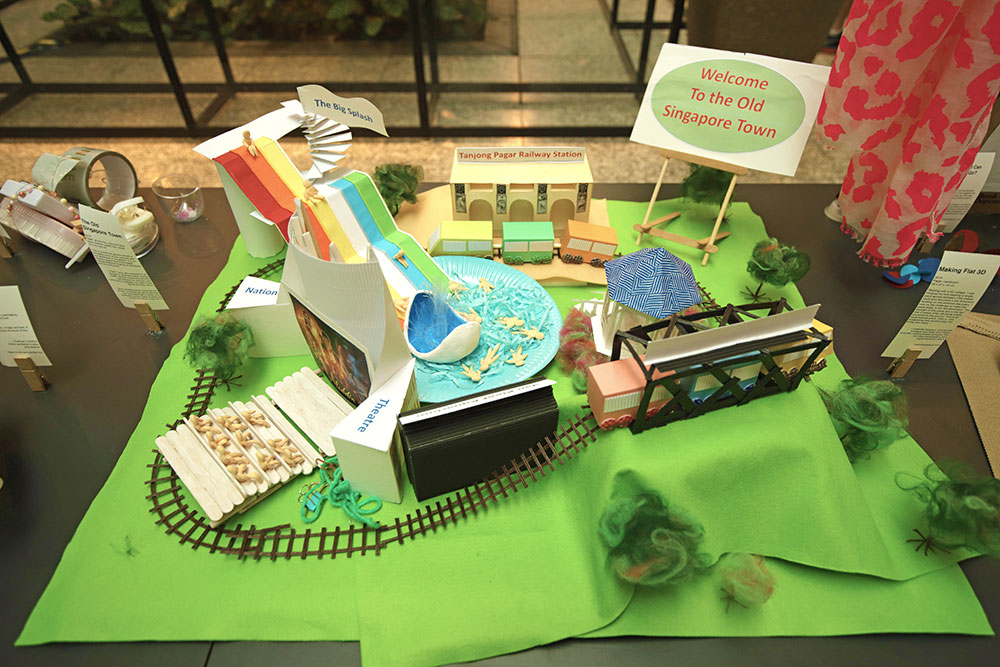
Re-use of Golden Mile and People’s Park
These two iconic buildings, the Golden Mile Complex and People’s Park Complex, were designed by Design Partnership, with architects William S.W. Lim and Tay Kheng Soon, and completed in 1973. Both of these buildings are threatened with demolition today as they are in urgent need of renovation and the land on which they stand can be used much more extensively today. In response to this situation, local initiatives are rallying to preserve the two mega-structures. The complexes were designed to be multifunctional and were the first in Singapore to combine living, commercial, and office space in one building. In addition, their characteristic forms have become a hallmark of the cityscape.
In the exhibition, students presented their ideas on how the two buildings can be developed and how they can retain their character despite considerable changes.
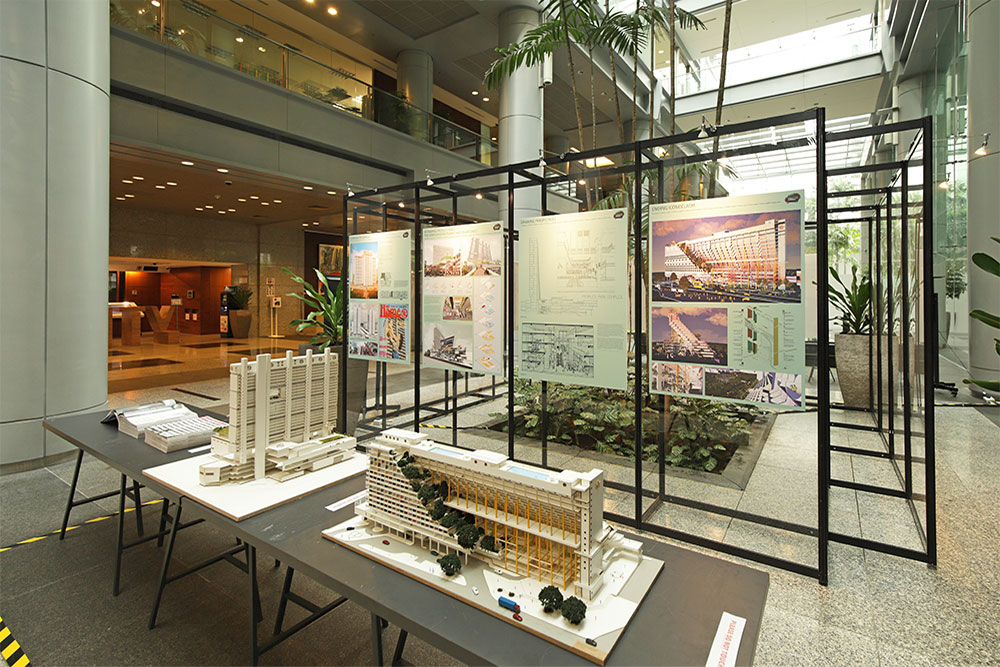
SEAM Spaces Phnom Penh, Jakarta, and Yangon in Singapore
Our partners from the other three SEAM cities – Phnom Penh, Jakarta, and Yangon – visited Singapore to present highlights from their own projects, giving visitors the opportunity to see aspects of modernity after independence in neighbouring countries. It can be concluded that all countries involved gained their independence around the middle of the 20th century, and that in all cases, architecture played an important role in nation-building. However, it also became clear that the current discourses on this heritage are different in every location, if the theme has reached the public consciousness at all.
With our project, we have thrown a stone into the turbulent sea of the present, whose influence will hopefully lead to a conscious handling of the heritage in the future. Although there are different framework conditions at every location, it became apparent that many aspects can be transferred in one way or another. To this end, platforms must be found that promote regional dialogue while also including a bridge to Germany. Today’s developments have long since decoupled themselves from their beginnings, even as architects and planners are producing solutions that are also of interest in Europe.
